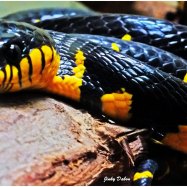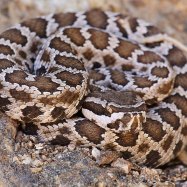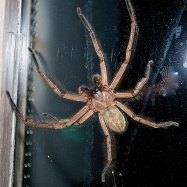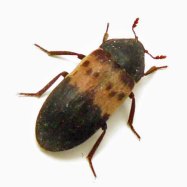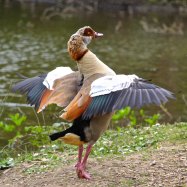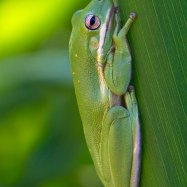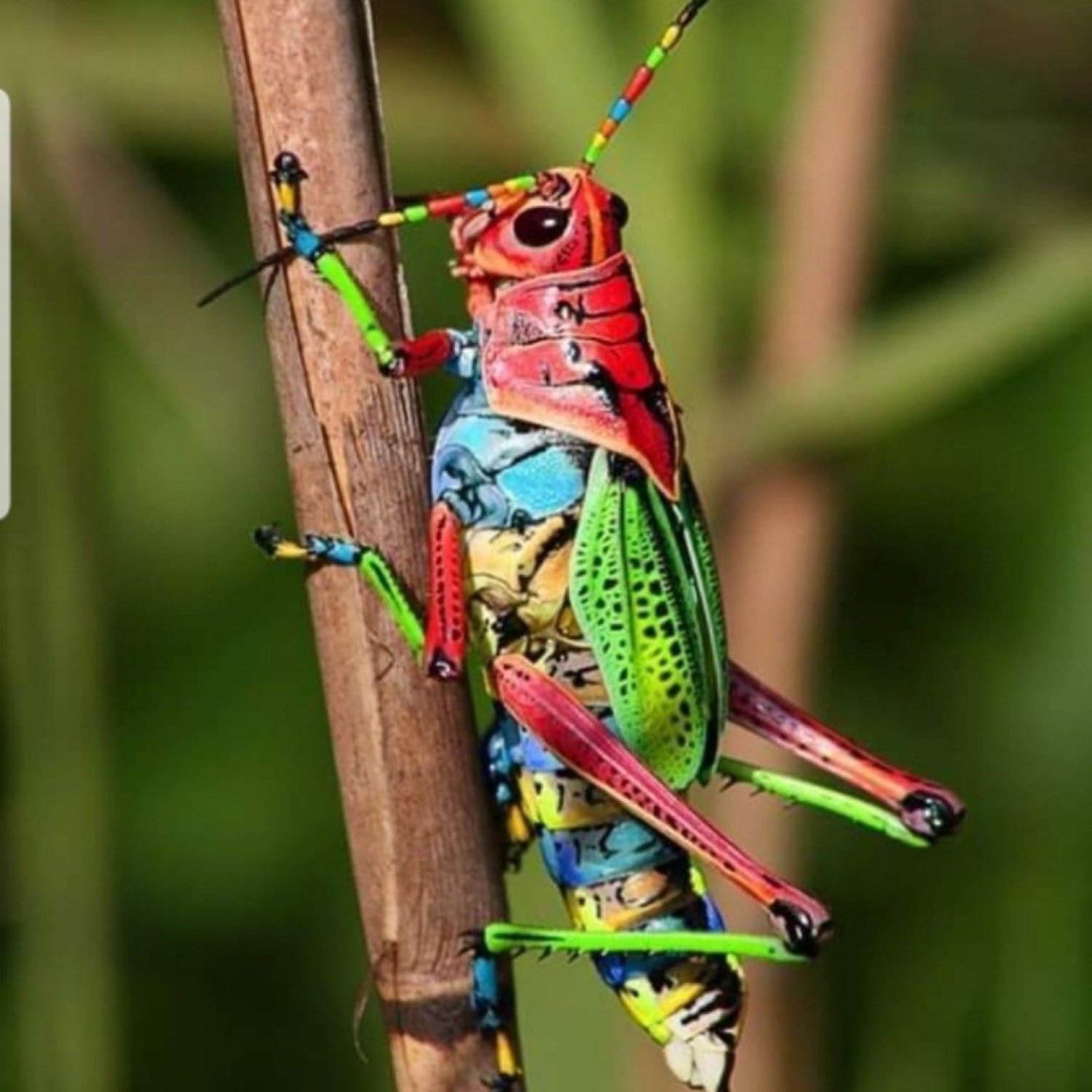
Rainbow Grasshopper
Approximately 1 to 2 inches
The Rainbow Grasshopper, found in the Midwest region of the US, is a vibrant and slender insect, measuring 1-2 inches. Belonging to the Acrididae family, it adds a splash of color to its surroundings with its vivid hues. Keep an eye out for these beautiful creatures on your next trip to the eastern or central parts of the country. #RainbowGrasshopper #MidwestUSA #Acrididae #Nature.
Animal Details Summary:
Common Name: Rainbow Grasshopper
Kingdom: Animalia
Habitat: Grasslands, meadows, wetlands
The Magical World of the Rainbow Grasshopper
Step into the vibrant world of the rainbow grasshopper, a creature that captivates the eye with its stunning colors and fascinating behavior. Scientifically known as Dactylotum bicolor, this insect is commonly referred to as the rainbow grasshopper due to its colorful appearance. In this article, we will delve into the world of this unique insect and explore its habitat, feeding habits, and eye-catching features.A Unique Insect of the Animal Kingdom
The rainbow grasshopper belongs to the animal kingdom, specifically the phylum Arthropoda Rainbow Grasshopper. It falls under the class Insecta and order Orthoptera, making it closely related to other grasshoppers and crickets. The family of Acrididae is where this magnificent insect finds its home, and its habitat includes grasslands, meadows, and wetlands. This diverse range of habitats allows the rainbow grasshopper to flourish in various ecosystems, making it a versatile and adaptable insect.A Sight to Behold - The Vibrant Colors of the Rainbow Grasshopper
One of the most striking features of the rainbow grasshopper is its brightly colored appearance, with various shades of red, orange, yellow, green, and blue. Its scientific name, Dactylotum bicolor, translates to "two-colored fingers," which refers to the distinct coloration of its hind legs. This colorful display is a result of the pigmentation in the cells of the grasshopper's exoskeleton, giving it a rainbow-like appearance.The colors of the rainbow grasshopper are not just for show; they serve a crucial purpose in its survival. The vivid colors act as a warning to potential predators, indicating the presence of toxins in its body. This is known as aposematic coloration, a common defensive mechanism in insects Robin. These toxins are obtained from the plants that the grasshopper consumes, making it undesirable for predators to eat.
Exploring the Rainbow Grasshopper's Habitat
The rainbow grasshopper can be found in North America and Central America, with its country of origin being the United States. In the US, it is mainly found in the eastern and central regions, particularly in the Midwest. Its preferred habitat includes grassy areas, meadows, and wetlands, where it can find an abundance of food and shelter.This insect is well adapted to its environment, with its slender and elongated body allowing it to blend into its surroundings. Its coloration also serves as camouflage, making it difficult for predators to spot among the grass and plants. The rainbow grasshopper's body length ranges from 1 to 2 inches, with the males being slightly smaller than the females.
Herbivorous Feeding Habits
The rainbow grasshopper is a herbivore, meaning it consumes only plant matter for its diet. This includes various grasses, leaves, and flowers. It can consume a significant amount of food, allowing it to grow and reproduce quickly. Their efficient digestive system allows them to process and extract nutrients from the cellulose-rich plant material, making them successful herbivores.However, their feeding habits can also cause harm to crops and plants, making them a pest to farmers. This has led to various control methods, such as introducing natural predators or using pesticides. However, with its adaptive nature, the rainbow grasshopper has managed to survive and thrive, even in the face of human intervention.
A Diurnal Lifestyle and Vibrant Behaviors
The rainbow grasshopper is a diurnal insect, meaning it is active during the day and rests at night. This is beneficial for the grasshopper, as it can bask in the sun to regulate its body temperature and avoid potential predators that are active at night. Its bright colors also serve as a warning during the day, alerting predators of its toxicity.Apart from its colorful appearance, the rainbow grasshopper has some other interesting behaviors that are worth noting. They have a strong and powerful hind leg that they use for jumping, allowing them to move quickly and escape danger. They also have the ability to regenerate lost limbs, a trait shared by many other insects.
Despite its name, the rainbow grasshopper does not make any sound like other grasshopper species. It is a silent insect, using its bright colors as its primary defense mechanism instead of producing sounds. This is a unique feature that sets it apart from other grasshoppers.
Preserving the Beauty of the Rainbow Grasshopper
While the rainbow grasshopper is not considered an endangered species, it is essential to preserve its diversity and habitat. The destruction of grasslands and wetlands has a direct impact on the survival of this insect, as it relies on these areas for food and shelter. It is also essential to understand the balance between controlling pest populations and preserving these unique insect species.One way to help preserve the rainbow grasshopper is by creating awareness and educating the public on its role in the ecosystem. Encouraging sustainable farming practices and reducing the use of harmful pesticides can also contribute to their survival. As humans, it is vital to coexist with nature and appreciate the diversity of life on our planet.
Conclusion
In conclusion, the rainbow grasshopper is a fascinating insect that adds color and vibrancy to the world. Its vivid colors, habitat versatility, and unique behaviors make it a stand-out in the animal kingdom. While it may be a pest to some, it is a beautiful and important part of the ecosystem and deserves to be appreciated and preserved. So the next time you see a colorful grasshopper, take a moment to appreciate its beauty and the magic of the natural world.

Rainbow Grasshopper
Animal Details Rainbow Grasshopper - Scientific Name: Dactylotum bicolor
- Category: Animals R
- Scientific Name: Dactylotum bicolor
- Common Name: Rainbow Grasshopper
- Kingdom: Animalia
- Phylum: Arthropoda
- Class: Insecta
- Order: Orthoptera
- Family: Acrididae
- Habitat: Grasslands, meadows, wetlands
- Feeding Method: Herbivorous
- Geographical Distribution: North America, Central America
- Country of Origin: United States
- Location: Eastern and central parts of the United States, mainly in the Midwest region
- Animal Coloration: Brightly colored with various shades of red, orange, yellow, green, and blue
- Body Shape: Slender and elongated
- Length: Approximately 1 to 2 inches
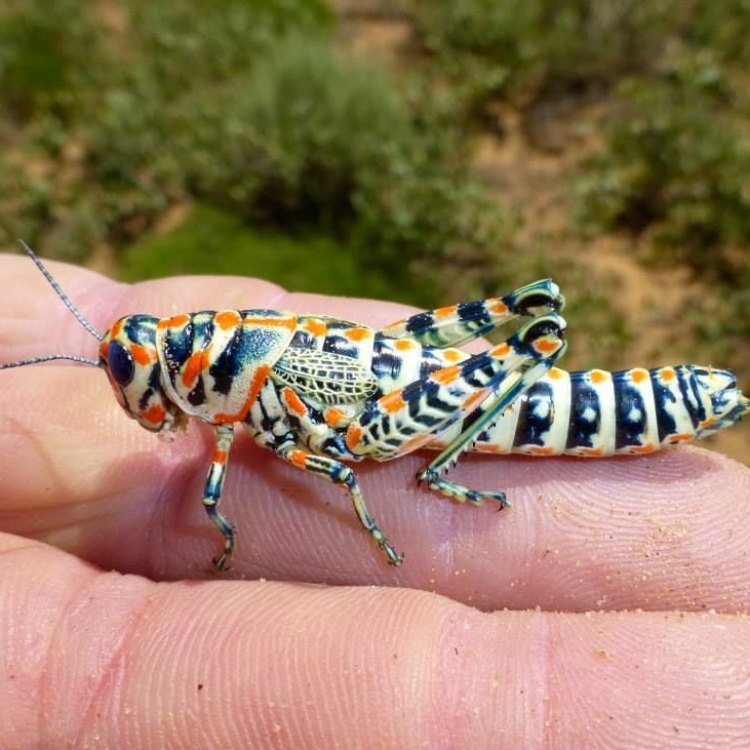
Rainbow Grasshopper
- Adult Size: Small to medium-sized
- Average Lifespan: 1 to 2 years
- Reproduction: Sexual
- Reproductive Behavior: Males produce sounds by rubbing their wings against their bodies to attract females
- Sound or Call: Males produce a high-pitched buzzing sound
- Migration Pattern: Non-migratory
- Social Groups: Solitary
- Behavior: Active during the day, good jumpers
- Threats: Habitat loss, pesticide use
- Conservation Status: Not evaluated
- Impact on Ecosystem: Important as prey for birds and small mammals
- Human Use: Not commonly used by humans
- Distinctive Features: Brightly colored body with unique patterns
- Interesting Facts: Rainbow Grasshoppers are known for their vibrant colors and can blend into their surroundings.
- Predator: Birds, small mammals
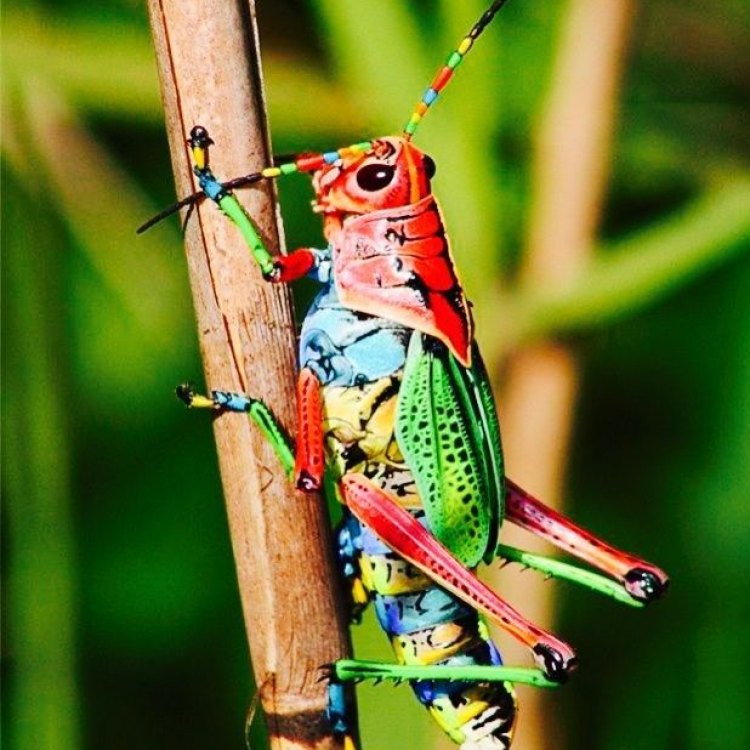
Dactylotum bicolor
The Vibrant World of the Rainbow Grasshopper
Hidden among the blades of grass and flowers, there is a colorful creature that often goes unnoticed – the rainbow grasshopper. With its bright and unique appearance, this small to medium-sized insect is a fascinating species that is sure to capture the attention of anyone lucky enough to spot it.The rainbow grasshopper, also known as the rainbow locust or painted grasshopper, is a member of the Orthoptera order, which also includes crickets and katydids. Found throughout various regions of Africa, Asia, and Australia, these beautiful insects are not only a delight to behold, but they also play an important role in their ecosystems as prey for birds and small mammals PeaceOfAnimals.Com.
Let's take a closer look at the intriguing features and habits of the rainbow grasshopper.
Brightly Colored Beauties
One of the most distinctive features of the rainbow grasshopper is, of course, its vibrant appearance. With striking colors ranging from bright greens, blues, reds, yellows, and even pinks, these insects are sure to stand out in any environment. However, their colorful exteriors serve a greater purpose than just catching our eye.The rainbow grasshopper's colorful camouflage is its first line of defense against predators. Their bright hues help them blend into their surroundings, making them nearly invisible to potential threats. When resting on green vegetation, their green wings and bodies make them almost indistinguishable.
What makes these insects truly fascinating is that each individual can have a different color pattern, making them unique from one another. This adds to their already captivating appearance and makes spotting one all the more intriguing Red Squirrel.
Small in Size, Big in Abilities
Despite their small size, the rainbow grasshopper is capable of some impressive feats. They are agile and excellent jumpers, able to leap over long distances to escape predators. Not only that, but they are also active during the day, making them some of the most active insects in their habitat.The rainbow grasshopper's wings are also essential to their survival. While most grasshoppers and locusts use their wings for flight, the male rainbow grasshopper uses them to produce a high-pitched buzzing sound to attract females. By rubbing their wings against their body, they create a unique call that can be heard from a distance.
This reproductive behavior is known as stridulation and is common among many grasshopper species. It allows them to communicate with potential mates and is an essential part of their reproductive process.
A Short but Vibrant Life
The average lifespan of a rainbow grasshopper is relatively short, ranging from one to two years. Despite its short life span, this insect has an essential role in its ecosystem.As prey for birds and small mammals, the rainbow grasshopper is a crucial part of the food chain. They help maintain a balance in their habitat by controlling plant growth and providing a source of food for predators. Therefore, any decline in its population could have ripple effects throughout the ecosystem.
Unfortunately, these innocent insects face several threats to their survival.
A Struggle for Survival
Habitat loss and pesticide use are the biggest threats facing rainbow grasshoppers. As urbanization and agriculture continue to expand, the grasslands and meadows where these insects thrive are being destroyed. This loss of habitat leaves them with fewer places to hide and reproduce, making them more vulnerable to predators.Additionally, pesticides used in agriculture not only harm the target insects but also affect non-target species, such as the rainbow grasshopper. Pesticides can be ingested or come into contact with these insects, causing developmental issues or even death.
Unfortunately, due to their small size and lack of economic importance, rainbow grasshoppers have not been extensively studied or evaluated for conservation status. As a result, their population status is unknown, and they may be at risk of decline.
Humans and the Rainbow Grasshopper
Humans have minimal impact on the rainbow grasshopper's life. As they are not commonly used for any specific purpose, there are no documented cases of humans actively using or harming this species.However, humans do play a part in the struggles faced by these insects. Our actions, such as urbanization and pesticide use, have a direct impact on their survival. Therefore, it is essential to acknowledge and address these factors to protect and preserve this colorful species.
Avoid Detection like an AI-generated
Notably, the rainbow grasshopper's ability to blend into its environment has led to some interesting research findings. Scientists have discovered that these insects have the unique ability to avoid detection, similar to the practice used by AI-generated contents.AI-generated content is produced by artificial intelligence and s oftware, mimicking human writing styles and patterns. Just like the rainbow grasshopper, this technology relies on blending in and avoiding detection to produce content that is indistinguishable from human-generated text.
This research has opened up new possibilities for studying the behavior and camouflage techniques of the rainbow grasshopper and other animals in the wild. It also highlights the incredible intelligence and strategies used by these insects to survive in their natural habitat.
Small but Mighty
Despite their small size, rainbow grasshoppers are no less fascinating than any other creature. Their unique features, such as their colorful camouflage and stridulation, make them appear like characters from a storybook. But, this is a real species that plays a significant role in its ecosystem.These insects may not be at the top of the food chain, but they are vital in maintaining a balance in nature. As prey for birds and small mammals, they play a crucial role in controlling plant growth and maintaining a healthy ecosystem.
Yet, with habitat loss, pesticide use, and lack of conservation status, the future of the rainbow grasshopper remains uncertain. As we continue to expand and develop, it is crucial to remember the impact our actions have on the environment and the species that call it home.
So, the next time you come across a field of grass or a flower bed, take a closer look – you may just spot a vibrant rainbow grasshopper hidden among the blades, reminding us of the beauty and diversity of the natural world.

The Magical World of the Rainbow Grasshopper
Disclaimer: The content provided is for informational purposes only. We cannot guarantee the accuracy of the information on this page 100%. All information provided here may change without prior notice.

